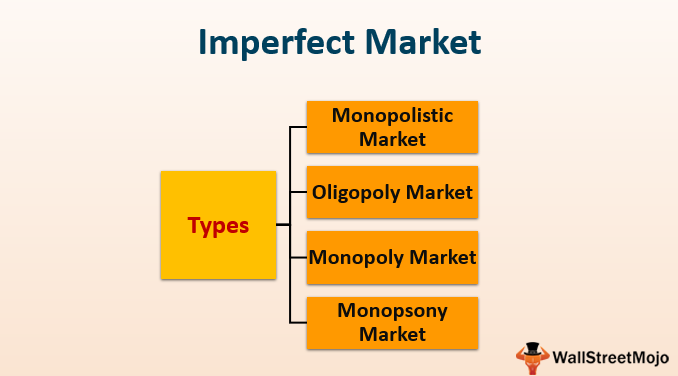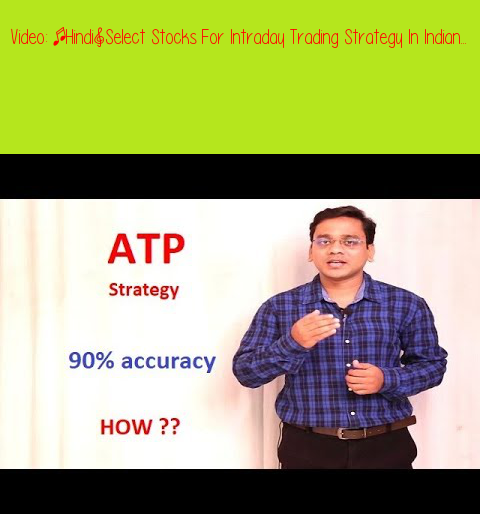Contents
Then go back to the Data tab and select Data Analysis. There are various statistical calculations that can be performed quite quickly and efficiently using the Data Analysis ToolPak. Because we are interested in calculating correlations, click on the Correlation button within the Data Analysis dialog box and select OK. Download the 1-year daily price data of each of the above stocks. You could do so from either the NSE or the BSE website. MS Excel provides another function called RSQ, known as r-square or coefficient of determination, to test the reliability of the SLOPE function.
Yet, they could be a nice addition to a diversification strategy as they will clean the overall volatility of your portfolio. Beta is an indicator of how dangerous beta calculation in excel a selected inventory is, and it is used to judge its anticipated fee of return. The danger of an funding can’t be measured irrespective of return.
R-Square values are different for different fields of study. For investing, a high value would mean a greater correlation between the security price and the benchmark. But it doesn’t necessarily mean a high value is better.

When selecting a Mutual Fund to invest in, whether it’s a capped fund, ELSS, or etc., it is paramount to gauge its past performance to make informed decisions for investing. It will also not tell whether the data and predictions are biased. Hence a high or a low value doesn’t necessarily mean it’s good or bad. This is because it doesn’t convey whether the model is reliable or whether the chosen variables are right or wrong. The calculations are on the basis of historical data, and the predictions may not be accurate.
Fundamental Analysis
Few iterations later, you can get valuation parameters that are consistent with fundamental characteristics of the companies in the industry. Discount rate during mature phase should be close to discount rate for the market as mature company’s risk profile is close to risk profile of the entire market. Terminal Discount rate should be between 3% to 8% higher than terminal growth rate. Lower capitalization rate is used for companies with high moats and higher capitalization should be used for companies with low moats.
Similarly, standard deviation of returns of large cap funds is likely to be lower than midcap funds. To calculate the beta coefficient of a single inventory, you will need to gather the day by day closing costs over a given time period. You will also collect the day by day closing prices for a benchmark market index over the identical time interval. The broad equity market has a beta coefficient of 1 and beta coefficients of various shares are measured close to the market beta. What the capital asset pricing mannequin supplies is a consistent means to price risk premiums. If you are keen to accept greater dangers to get greater returns, then it is sensible to demand a higher return for a better threat; otherwise, why take the higher danger.
Beta coefficient is calculated by dividing the covariance of a stock’s return with market returns by variance of market return. Beta coefficient is a measure of sensitivity of a company’s stock worth to motion in the broad market index. I start with largest company in the industry and then move on to small companies. For large companies, efficient market hypothesis holds true much of time. These numbers can then be used as a starting point to value other smaller companies in the same industry.
Measure the market returns
Alpha in mutual funds is probably the most important performance measures of a mutual fund scheme. If a scheme outperformed the benchmark, then alpha will tell you whether the outperformance was due to higher risk or the fund manager’s skill of delivering superior risk adjusted returns. What is beta in mutual funds – A more useful understanding of risk is in relation to the market or rather the relevant market benchmark. Beta of a mutual fund scheme is the volatility of the scheme relative to its market benchmark. If beta of a scheme is more than 1, then scheme is more volatile than its benchmark.
- Management and labour relations, increased competition, entry of new players, and customers’ preference for a company’s products are some of the factors that generate unsystematic risk.
- This data aids investors to decide whether to include a specific fund in the investment portfolio or not.
- Enter weekly stock prices and BSE 200 index values for last 3 years in sheet Beta.
- If the security or portfolio does not meet or exceed the required return, then the investment should not be entered into” (pg. 91).
- It doesn’t measure the danger of an investment held on a stand-alone foundation, however the quantity of risk the funding adds to an already-diversified portfolio.
In principle, this method is the closest to alpha and beta ratios. R-square ratio figures lie somewhere between 0 and 1. Beta is also a https://1investing.in/ significant factor when gauging the Capital Asset Pricing Mode or CAPM. It denotes the expected rate of returns of an asset or fund.
Why Alpha and Beta Ratios Important?
The relationship between risk and return is a foundational concept in investments. A good understanding of risk and risk adjusted returns is required when you evaluate mutual fund performance. For example, if a mutual fund gives high returns you should try to understand if it is due to higher risk taken by the fund manager? It doesn’t measure the danger of an investment held on a stand-alone foundation, however the quantity of risk the funding adds to an already-diversified portfolio. In the capital asset pricing model , beta threat is the one type of risk for which buyers ought to receive an expected return greater than the chance-free fee of interest.
That said, keep in mind that the covariance matrix calculated using the Data Analysis ToolPak represents the population covariance rather than sample covariance. There will be minor differences in values between the two. Meanwhile, the blue cells in the table above reflect covariance of a stock with itself, which, as we know by now, is nothing but the variance of the stock. So, as we can see, all the blue cells in the table above are variances, while the rest are all covariances. It is for this reason that a covariance matrix is referred to as a variance-covariance matrix as well.

We have already calculated the covariance matrix in the previous section. In this chapter, we will explain how to calculate correlation matrix and covariance matrix comprising of multiple stocks, in Microsoft Excel. We will also explain how to calculate portfolio variance and standard deviation, in Excel. In financial markets, the inter-relationships between economic variables have a direct or indirect influence on the performance of asset classes like equities, debt and gold.
After finding all the values for CAPM, impute the values and conduct the assessment. This mainly includes linearity of the risk and the beta values and the presence of risk in the stock. However, CAPM is not testable because true market portfolio cannot be measured as it may include all assets such as financial, real as well as human and not just equity stocks. Investors may first analyze the beta value in the CAPM model and then follow on to calculate the variance-covariance formula to calculate beta. The same process should be used for finding the risks of investing in particular stocks.
What is Alpha and Beta in Mutual Funds
A beta of 1.0 indicates that the stock has same risk as that of market i.e., if the market rises by 1%, then price of the stock also increases by 1%. For example, Reliance Industries has a long-term beta of 1.03 which indicates the stock will move in line with market. Agree that while the science of business analysis is something most good investors get comfortable with over time, a lot of them do not spend the requisite time working on valuation. This number is not used in intrinsic value calculations. Spreadsheet will calculate sales at the end high growth period and after 20 years. You can compare it with sales of other companies in the industry to get a sense of how big the company is projected to grow and check if the company can indeed grow that big.
Management and labour relations, increased competition, entry of new players, and customers’ preference for a company’s products are some of the factors that generate unsystematic risk. Investors anticipated return is equal to price of capital of the firm. Expected return is the results of threat free return and risk premium. Beta measure variability in return of a selected safety with the change in market return. Total risk of an investment course of may be divided into systematic and unsystematic risk. It indicates the percentage of fund returns that conform to the movements in the existing benchmark index.




